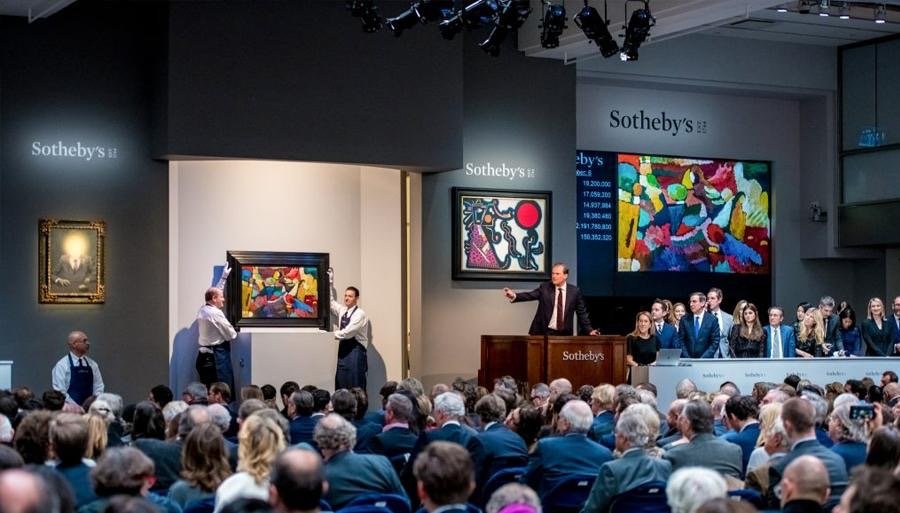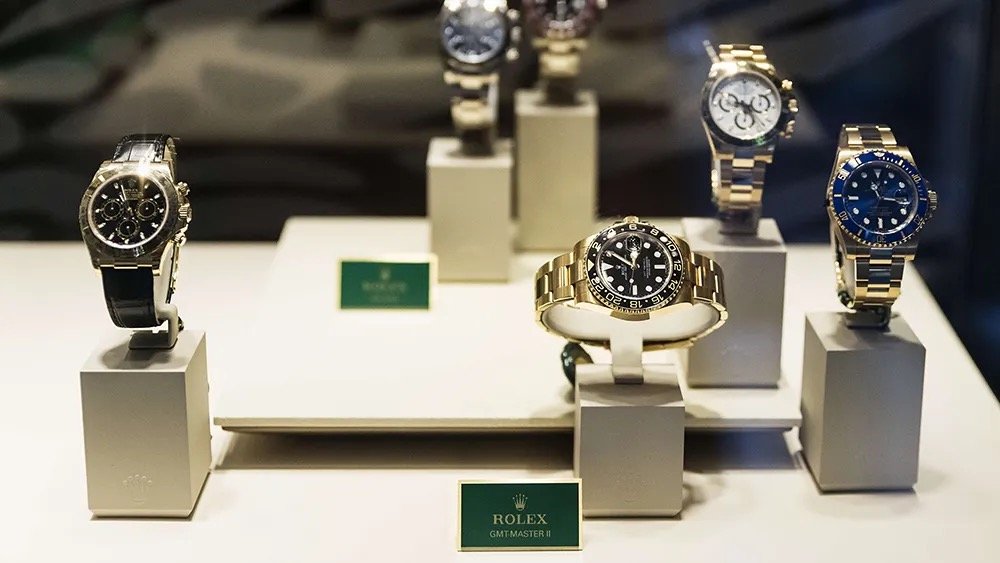From Renaissance dukes amassing gilded manuscripts to twenty first century billionaires paying millions for digital NFTs, collecting has always been an intoxicating ritual of the elite. Behind the gloss of auction paddles and champagne receptions lies a fascinating psychology. Collecting is not just about owning beautiful things. It is about identity, power, and the human need to create permanence in a fleeting world.
The Language of Rarity: Status as Art
For the wealthy, possessions operate as a form of language. A painting by Rothko, a first edition Hemingway, or a rare Patek Philippe is not only a beautiful object. It is a message. It communicates taste, discernment, and a kind of insider access that is invisible to those outside the circle. The rarest treasures are not bought like ordinary goods. They are acquired through years of relationship building, whispers from dealers, and invitations into rooms the general public never sees.
Sociologists describe this as cultural capital. It is the ability to move through the highest tiers of society with ease because one understands its hidden codes. A collection becomes a personal brand. It is a visual biography of a person’s aesthetic values and intellectual influences. Each piece says something. A diamond tiara might point to a love of old-world craftsmanship, while a Damien Hirst sculpture might speak to a fascination with modern provocation. And because these signals are subtle, they carry a greater weight than overt displays of wealth. A private library of rare philosophy texts may impress far more in certain circles than a dozen supercars in the driveway.

The Thrill of Pursuit and the Power of Possession
While ownership is satisfying, for many collectors the true excitement lies in the pursuit. Psychologists call this the hunt effect. The brain responds powerfully to the anticipation of acquiring something rare. This anticipation releases dopamine, creating a sense of exhilaration that can become addictive. For some, the chase is almost more valuable than the object itself.
This explains why a billionaire might spend years tracking a single vintage Hermes Birkin or negotiating quietly for a diamond that has not been on the market for decades. The scarcity of the object transforms it from a luxury into a personal quest. Each acquisition becomes a story of persistence and triumph, a reminder that the collector not only has the resources to buy but the patience, influence, and skill to secure what others cannot.
Possession also carries a psychological charge beyond status. In a chaotic and unpredictable world, a collection is something a person can completely control. The economy may shift and political landscapes may change, but the collector can walk into a private gallery or vault and see tangible proof of achievement. This sense of control is deeply appealing, especially for those whose daily lives involve managing high stakes uncertainty.

Collecting as Investment and the Future Ahead
Although passion drives collecting, financial thinking often guides it. Many high end collectors treat their treasures as an alternative asset class. Fine art indices and luxury market reports show that certain categories outperform traditional investments over time. A painting bought for thirty thousand dollars in the nineteen seventies might fetch eighty million today. Rare watches, fine wines, and classic cars have become financial markets in themselves with brokers, analytics, and valuation models. The emotional reward of owning a rare Ferrari or a bottle of 1945 Romanee Conti is doubled when it also quietly appreciates in value year after year.
The future of collecting is expanding into new territory. Digital collectibles such as NFTs, virtual fashion, and rare sneakers have entered the luxury space, attracting younger ultra wealthy buyers. These still tap into the same psychological triggers of scarcity, identity, and prestige, but they exist entirely online. Yet traditional forms are not disappearing. The weight of a sculpture, the texture of an oil painting, the craftsmanship of a diamond necklace still hold a power that digital objects cannot fully replicate.

In the end, collecting is more than materialism. It is a form of self expression that blends art, psychology, and economics into a single pursuit. Each piece is a chapter in a personal narrative and each collection a self portrait of ambition, taste, and values. For the ultra wealthy it is not simply about surrounding oneself with beauty. It is about creating a legacy, exercising mastery over a small corner of the world, and ensuring that their story continues long after they are gone.
Written By: Mia Quisumbing
Published On: 15th August 2025